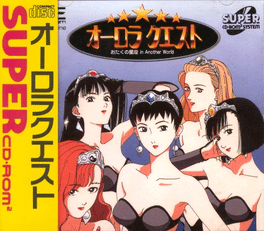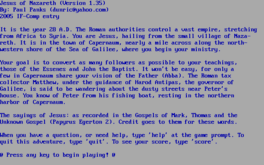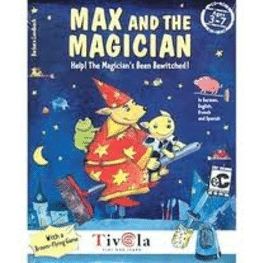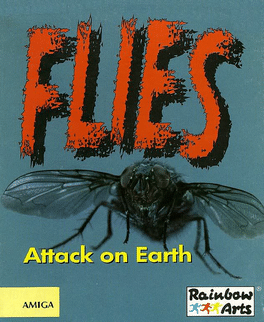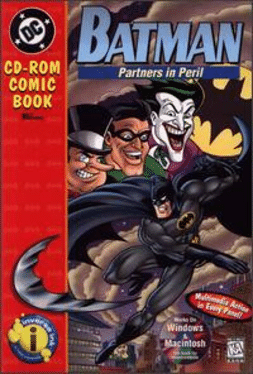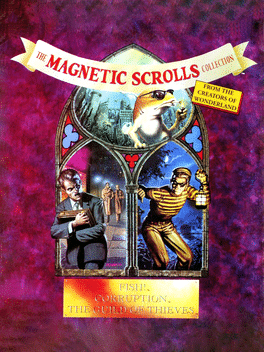Most Popular Adventure Games - Page 597
-
Neon Genesis Evangelion: 1st Impression
1996
The first Evangelion video game, released for the Sega Saturn in 1996, shortly after the TV series's run. The story is set after the episode ASUKA STRIKES!, with Shinji badly injured and suffering amnesia as the result of an Angel battle and needing to retrain (by sparring with Asuka in Unit-02) and having to defeat the Angel to regain his memories. The game features RPG elements and FMV clips for combat; most of the animation is original to 1st Impression (with the voices of the original Evangelion voice actors and some other content recycled from the TV series). -
Batman: Toxic Chill
2003
Batman: Toxic Chill
2003
This is a point and click edutainment where you play as both Batman and Robin in order to stop the Riddler and Mr. Freeze. The game's puzzles has more focus on critical thinking than your typical edutainment game subjects. -
Law & Order: Criminal Intent
2005
The world of the hit television show Law & Order: Criminal Intent comes to life on the PC as players take on the role of Detective Robert Goren to investigate four all-new murder cases while taking the on the role of Detective Robert Goren. Actor Vincent D'Onofrio voices the character while you scrutinize the crime scenes, analyze evidence and interview witnesses and suspects. With beautifully rendered graphics and voices just like members of the show's cast, this thrilling 3rd person mystery adventure game will have players feeling like they've stepped into an actual episode of Law & Order: Criminal Intent. -
Inca
1992
Inca
1992
An action adventure that combines history, metaphysics, science fiction, and other strangeness into a strange hybrid. -
Starflight: A Cosmic Adventure
1993
In this text adventure, you, the pilot and sole occupant of the Starship Ganymede, have just awakened from suspension sleep after ten years. You get to the bridge and see a blue button flashing. Pushing the button, you hear a communique from your superior. You are to locate the Megaship Armstrong, missing and out of communication for ten years, and determine why she has stopped responding and never reached the colony she was destined for. You are then to report back what you find. Good luck. -
Revolution Classic Adventures
This is a collection of 4 adventure games from Ubisoft that was released in 1999 by Ubisoft. -
The Magnetic Scrolls Collection
1991
This collection includes 3 previously released titles ported to Magnetic Scrolls' Wonderland's game engine. Games included: – Corruption – The Guild of Thieves – Fish! -
Dungeon
1993
-
Gag: Het Impotentie-Mysterie
Gag is an puzzle adventure game with FMV sequences, somewhat in the style of Myst. It was only released in Russia and the Netherlands. The player assumes the role of impotent secret service agent Gary Tusker, whose condition becomes the butt of several sexually themed jokes.
